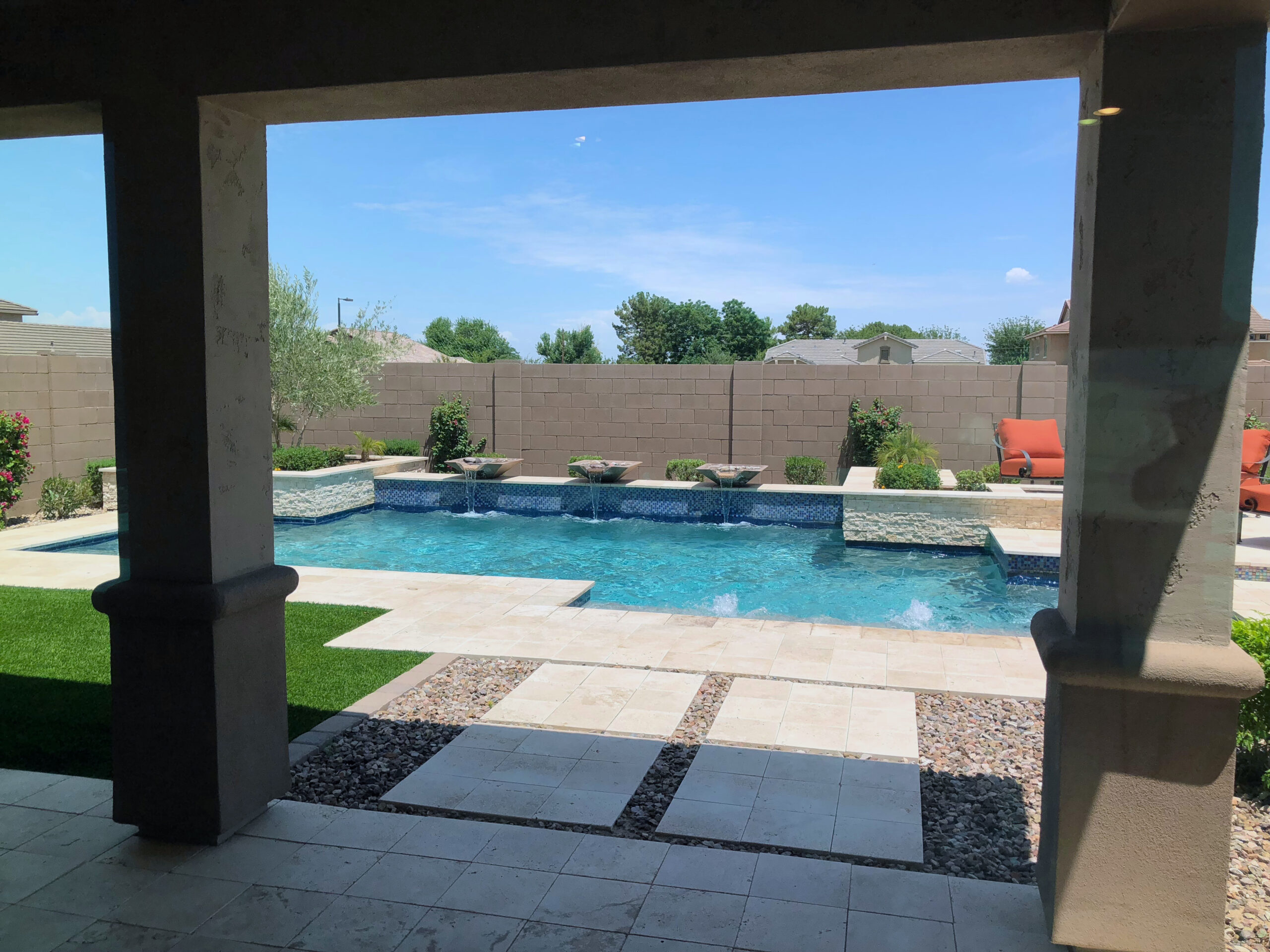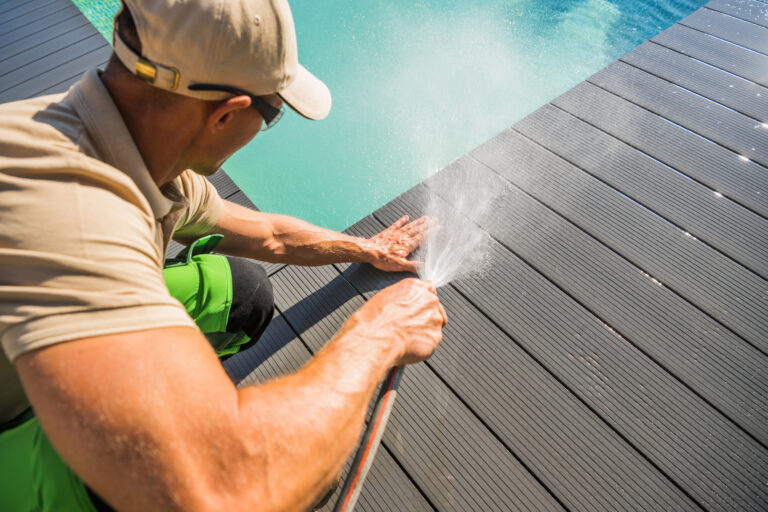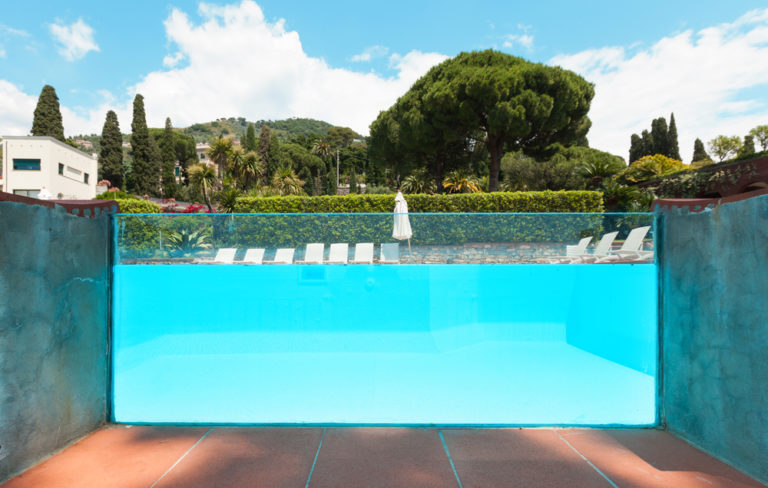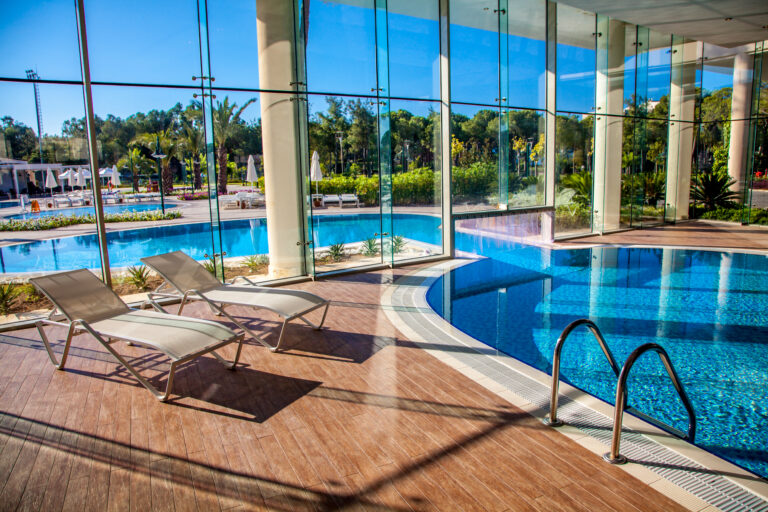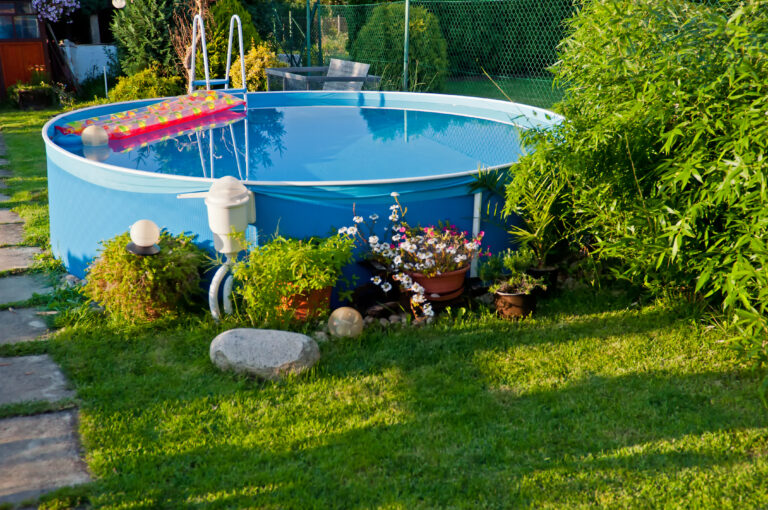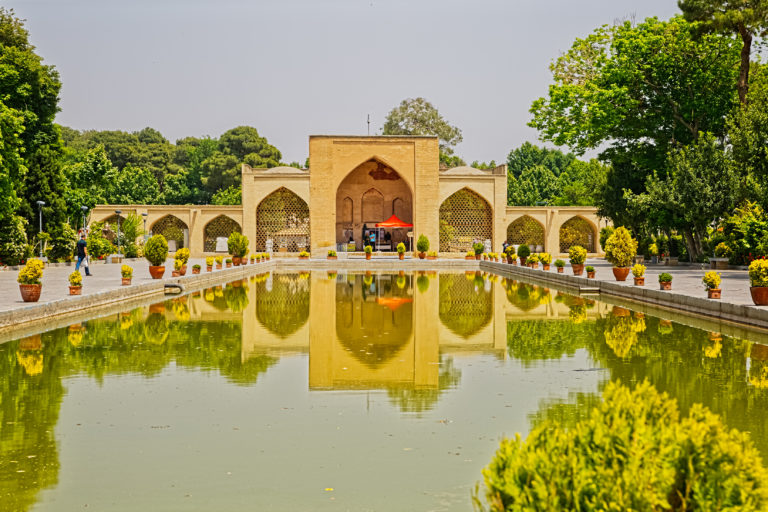Creating the Perfect Blend Pool and Home Architecture Harmony
You’re planning to add a pool to your property, aren’t you?
But it’s not just about digging a hole and filling it with water.
It’s about creating harmony between your home’s architecture and the new addition.
In this guide, we’ll show you how to blend them perfectly, discuss common mistakes, and even take inspiration from successful case studies.
Let’s dive in!
Understanding the Concept of Pool and Home Architecture Harmony
You’ve got to understand that achieving pool and home architecture harmony isn’t just about aesthetics; it’s about creating a cohesive environment that enhances your living experience. It’s the way architectural influences play into designing landscapes, blending both elements to create a seamless transition from your home to your outdoor space.
Think of how the style of your house can influence the shape, size, and overall design of your pool. A modern house might dictate sleek lines and minimalistic features, while a rustic dwelling may call for more organic shapes and naturalistic elements. This is where you consider architectural influences, ensuring they’re not clashing but rather complementing each other.
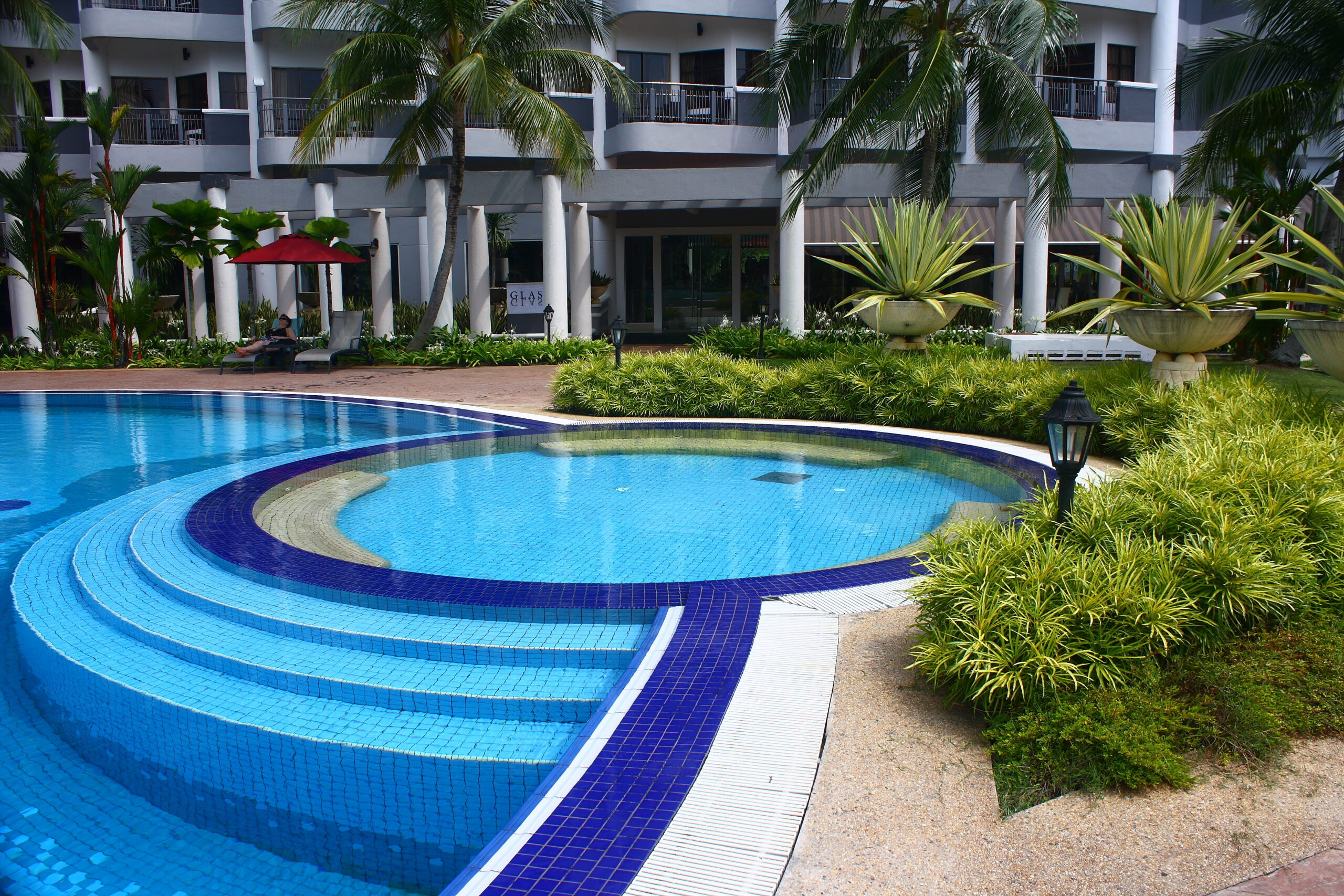
Designing landscapes around these principles further boosts this harmony. Imagine walking out of your rustic cabin onto a deck made from reclaimed wood, overlooking an organically-shaped pool surrounded by lush greenery – doesn’t that sound appealing? Or stepping out of your sleek minimalist villa onto a smooth stone patio leading up to an infinity pool with clean lines mirroring the horizon?
It’s essential to remember that working towards this balance is more than just making things look good together; it’s about crafting an environment that feels like an extension of you and enhances every moment spent there.
The Importance of Blending Pool Design With Home Architecture
You’ve taken the leap to enhance your home with a pool, but have you considered how crucial it is that your pool’s design matches the aesthetics of your home architecture?
It’s not just about looks – functionality and flow play significant roles too.
In our next discussion, we’ll dive into how you can seamlessly blend these elements to create a harmonious outdoor space that not only looks stunning but also works perfectly for your lifestyle.
Matching Design Aesthetics
It’s crucial to ensure that your pool’s design aesthetics match those of your home. This harmony hinges on two primary elements: color coordination and material selection.
With color coordination, you’re aiming for a seamless transition between the hues of your house and pool area. It doesn’t mean they have to be identical; complementary colors work too.
Material selection is all about consistency. If your house has a rustic vibe, don’t opt for modern, sleek surfaces around the pool.
Consider these points:
– Choose materials that mirror those in your home’s architecture.
– Aim for a color scheme that effortlessly blends with your interiors.
– Don’t forget functionality while focusing on aesthetics!
Functionality and Flow
While aesthetics are important, don’t overlook the functionality and flow of your outdoor space. It’s crucial to consider space utilization and material selection. How will you move through the area? Can it accommodate your needs?
Consider if materials selected complement not only the aesthetics but also serve a function. For example, slip-resistant surfaces near pools can prevent accidents.
| Space Utilization | Material Selection |
| Maximizing available outdoor areas | Choosing durable, weather-resistant materials |
| Easy navigation around the pool | Using materials that complement home architecture |
| Accommodating seating or dining areas | Selecting non-slip surfaces for safety |
Factors to Consider When Integrating Pool and Home Design
There are several factors to consider when integrating pool and home design. These include the overall layout, aesthetics, and practical functionality.
First, it’s important to think about budget considerations. You need to determine how much you’re willing and able to spend on this project. This will guide your choices regarding materials, size, and additional features. It’s essential not only for your pocket but also in guiding your choices.
Next, landscape integration is crucial. It’s not just about plopping a pool down in your backyard. It’s about creating a cohesive look that seamlessly blends with the existing environment. Consider the contours of your land, the types of plants that thrive there, and how the sun hits different areas throughout the day. Don’t forget about privacy too! Position your pool where you can enjoy it without feeling exposed to prying eyes.
Remember that form should follow function. How do you plan on using your pool? Do you envision relaxing afternoons spent lounging by its edge or are energetic water games more your style? This will inform everything from its depth to its shape.
In essence, achieving harmony between pool and home architecture isn’t a one-size-fits-all process. It requires careful thought around each individual element.
Step by Step Guide: Achieving Pool and Home Architecture Harmony
Having considered the factors that contribute to the integration of pool and home design, let’s dive deeper into achieving this harmony. You’ll need a clear plan, careful budget planning, and thoughtful material selection.
Firstly, formulating a realistic budget is crucial. It’s not just about having enough to start but also ensuring you can complete your project without financial strain.
| Budget Planning | Why It’s Important |
| Prevents overspending | Helps keep you within your financial capacity |
| Facilitates decision making | Makes it easier for you to choose between options |
Next up is material selection. The materials chosen must complement both your house and pool design for that perfect blend. Pay attention not just on aesthetic appeal but also consider durability and maintenance requirements.
| Material Selection | Why It’s Important |
| Enhances aesthetics | Adds beauty and elegance to your property |
| Ensures durability | Guarantees long-lasting construction |
In pursuing pool-home architecture harmony, remember that each step taken brings you closer to realizing your dream space. So take time in budget planning and choosing the right materials – these are key steps towards achieving harmony in design.
Case Studies: Successful Pool and Home Architecture Integration
You’re about to delve into an engaging exploration of case studies that brilliantly showcase successful pool and home architecture integration.
We’ll spotlight the seamless fusion of modern design elements alongside historical architecture, maintaining a delightful harmony without compromising the structure’s authenticity.
You’ll discover how contemporary aesthetics can be cleverly intertwined with timeless architectural features, creating a striking balance that enhances both the pool and home environment.
Modern Design Integration
Modern design integration isn’t just about aligning aesthetic elements; it’s also about ensuring that your pool and home architecture complement each other seamlessly. You’ll want to consider using sustainable materials and incorporating an eco-friendly design into your project.
Embrace sustainability by using recycled or locally sourced materials for the pool and surrounding area. Additionally, installing solar panels to heat your pool can greatly reduce energy consumption.
To foster an eco-friendly atmosphere, design with native plants in mind. Not only are they appealing, but they also require less water and maintenance. Choosing a natural pool filtration system is another way to avoid harmful chemicals.
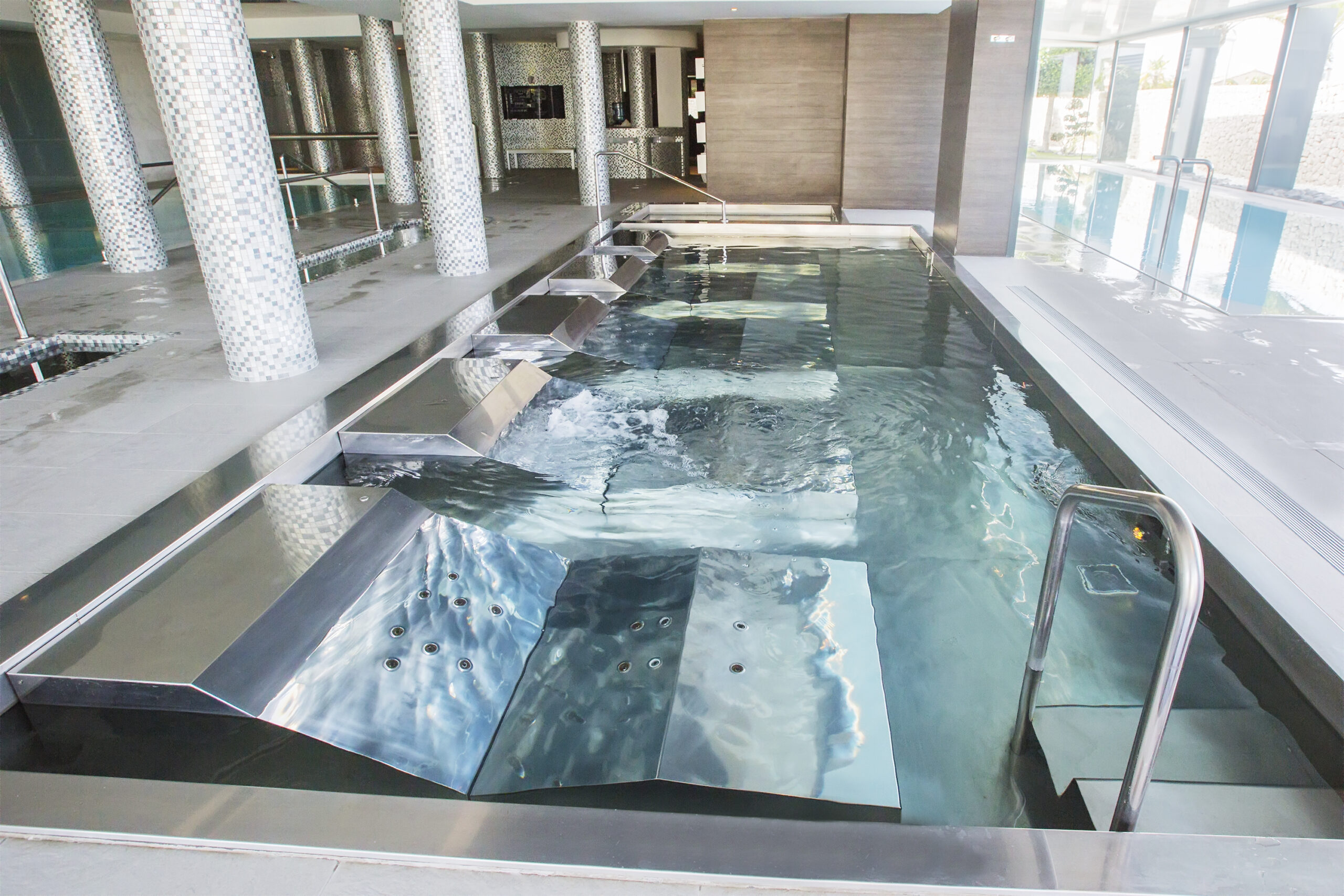
Historical Architecture Harmony
Incorporating elements of historical architecture into your design isn’t just about aesthetics, it’s a nod to the rich past and tradition that can add depth and meaning to your space. Classical influences, for instance, can bring grandeur and timelessness, while Revivalist architecture adds a touch of nostalgia.
Consider these pairs:
| Historical Style | Pool Design |
| Classical | Roman-style |
| Gothic | Naturalistic |
| Victorian | Formal |
| Craftsman | Lagoon-style |
| Revivalist | Mediterranean |
Each combination doesn’t only ensure harmony but also tells a unique story. So go ahead! Dive into history; let it inspire your pool-home harmony. Remember, you’re not just creating an outdoor space-you’re crafting an experience steeped in the beauty of the past.
Common Mistakes to Avoid in Pool and Home Architecture Design
It’s crucial to avoid common mistakes when aiming for harmony in pool and home architecture design. One of the significant design pitfalls is neglecting to consider the overall aesthetic of your property. You need the pool’s style, shape, and materials to complement your home’s architectural features, not clash with them.
Budget constraints can also lead to hasty decisions that compromise the overall look and functionality of your space. Don’t rush into building a pool without thorough planning just because you’re keen on saving money. It may seem like an attractive option at first glance but could end up costing more in long-term repairs or modifications.
Another mistake is underestimating the importance of proper landscaping. Trees and plants do more than just add beauty; they provide shade, privacy, and even act as windbreakers.
Lastly, don’t ignore local building codes or regulations – these exist for a reason! Compliance can save you from unnecessary headaches down the line.
Frequently Asked Questions
What Are Some Cost-Effective Ways to Achieve Pool and Home Architecture Harmony?
To achieve cost-effective harmony between your home and pool, consider using similar materials for both. You’re not just matching aesthetics – you’re creating harmony elements that feel cohesive without breaking the bank.
How Does Pool Maintenance Factor Into the Overall Design and Architecture of a Home?
Pool maintenance heavily influences your home’s design. Material selection affects cleaning ease while pool lighting can enhance architecture. Both aspects intertwine with design, ensuring your home and pool not only harmonize but are also practical to maintain.
Can I Retrofit My Existing Pool to Better Match My Home’s Architecture?
Absolutely, you can retrofit your existing pool to harmonize with your home’s architecture. Consider updating pool lighting and material selection to reflect your home’s style. It’s all about creating a cohesive look and feel.
Are There Specific Architectural Styles That Lend Themselves Better to Pool Integration?
Yes, certain architectural styles do lend themselves better to pool integration. Modern and Mediterranean styles often blend well with pools. Consideration of architectural pool types and pool positioning is key to achieving harmony.
How Can Landscaping Help to Enhance the Harmony Between My Pool and Home Architecture?
Through careful plant selection, you can accentuate your home’s architectural style and pool design. Proper lighting techniques also enhance this harmony, illuminating key features while creating a cohesive aesthetic for your outdoor living space.

